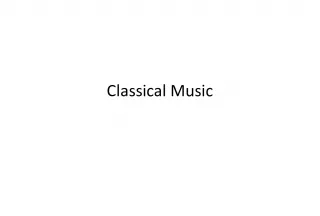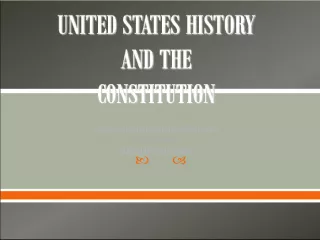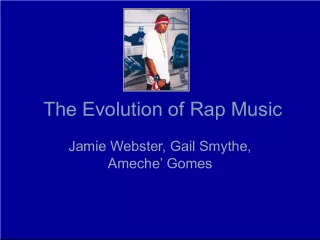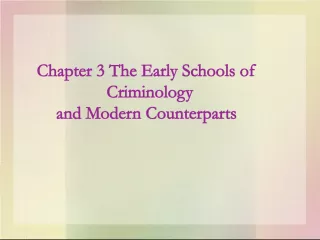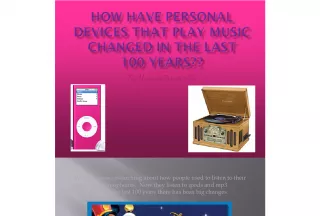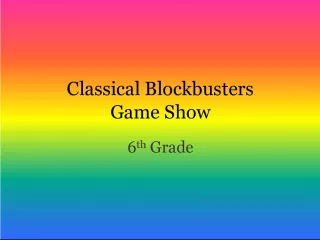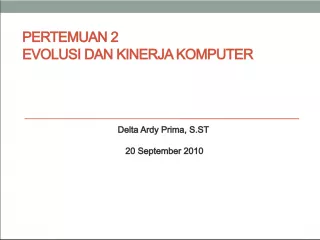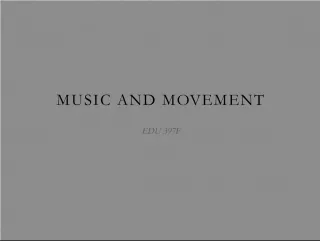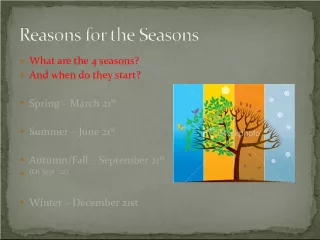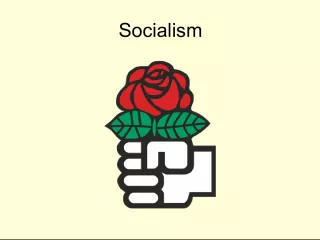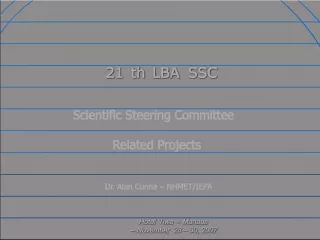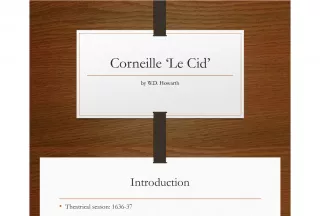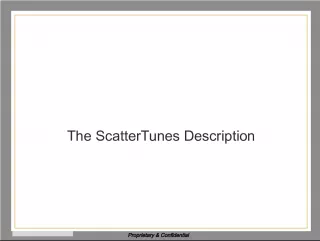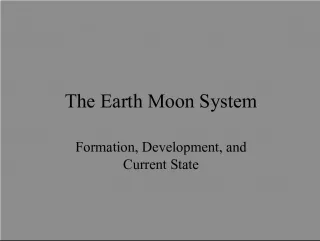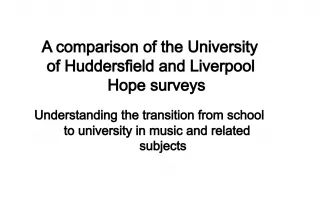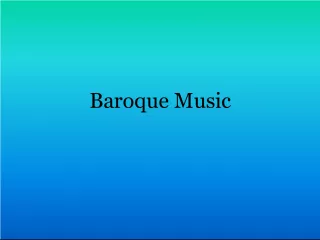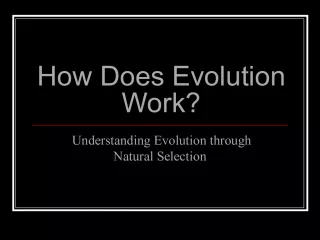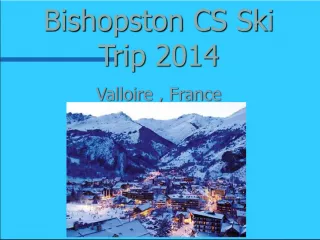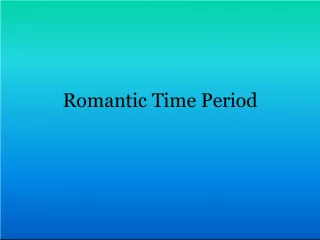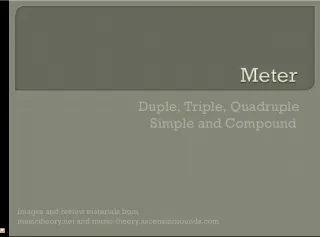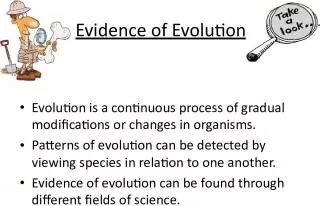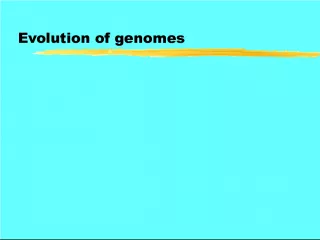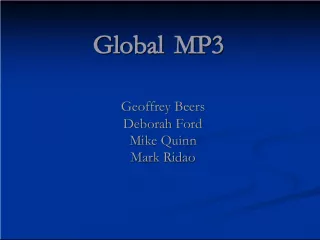The Evolution of Classical Music in the 20th and 21st Centuries


This article explores the evolution of classical music from the late Romantic style in the early 20th century to the modern forms of art music that exist
- Uploaded on | 2 Views
-
 barbarawilson
barbarawilson
About The Evolution of Classical Music in the 20th and 21st Centuries
PowerPoint presentation about 'The Evolution of Classical Music in the 20th and 21st Centuries'. This presentation describes the topic on This article explores the evolution of classical music from the late Romantic style in the early 20th century to the modern forms of art music that exist. The key topics included in this slideshow are . Download this presentation absolutely free.
Presentation Transcript
Slide1Contemporary Time Period
Slide2Time Period• 1900-present • 20 th Century 1900 - 2000 • Contemporary 1975 - present • 21 st Century 2000 – present • The modern forms of art music
Slide3Characteristics• 20th-century classical music developed or reacted to the trends started in the previous century. At the turn of the century, music was characteristically late Romantic in style, while at the same time the Impressionist movement, spearheaded by Claude Debussy, was being developed in France. America also began developing its own vernacular style of classical music , notably in the works of Charles Ives, John Alden Carpenter, and (later) George Gershwin, while in Vienna, Arnold Schoenberg conceived atonality and later developed the twelve-tone technique. • Classical music in the 20th century varied greatly.
Slide4•Perhaps the most important feature during this time period of classical music was the increased use of dissonance. Because of this, the 20th century is sometimes called the "Dissonant Period" of classical music, following the common practice period, which emphasized consonance pushing more boundaries
Slide5Movements• Romantic Style • Modernism • Impressionism • Expressionism • Futurism • Atonal, 12-tone, Serialism • Free-Dissonance and Experimentalism • Neoclassicism • Electronic Music • Jazz-influenced Classical Compositions • Post Modernism • Minimalism • Recording Technology • Spectralism • Polystylism (Eclecticism) • Historicism • Neo-Romanticism • Art Rock Influence • “ World Music” Influence • New Simplicity • New Complexity
Slide6Composers• Claude Debussy • Gabriel Faure • Edward Elgar • Luigi Dallapiccola • Carl Orff • Arvo Part • Carl Nielson • Gustov Holst • Astor Piazzolla • Francis Poulenc • Giacomo Puccini • Sergei Rachmaninoff • Jean Sibelius • Richard Strauss • Zoltan Kodaly • Percy Grainger • John Williams • Kurt Weill • George Crumb • Philip Glass • Steve Reich • Oliver Messiaen • George Rochberg • Milton Babbitt • Pierre Boulez • Elliot Carter • John Cage
